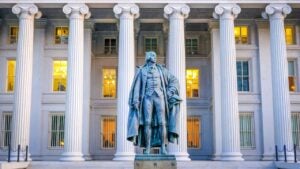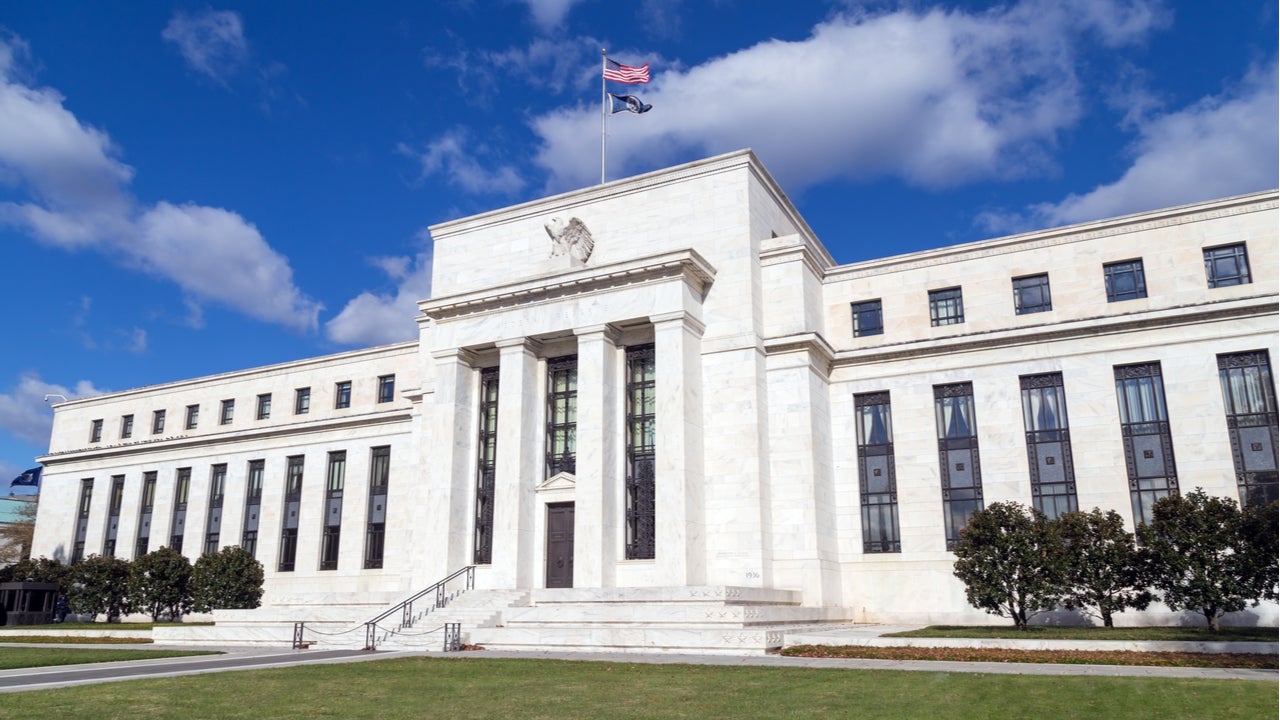Will loan interest rate caps harm financial well-being?

An expansion to the Military Lending Act (MLA) was implemented in 2015 by the Department of Defense with the aim of protecting active duty service members and their families. Still in place today, the act caps the Military Annual Percentage Rate (MAPR) at 36 percent for all loans and lines of credit.
In 2021, a bill was proposed by Congressional Democrats that would cap all consumer lending products at the same rate. Up until recently, this would have been seen as a vital consumer protection measure. However, recent data indicates that a rate cap could cause more harm than good to the consumers who need it most.
Democratic lawmakers push for national interest rate cap
In 2021, Congressional Democrats proposed an all-encompassing approach to curbing predatory lending; instituting a 36 percent interest rate maximum on annual percentage rates for revolving credit products.
Shortly after, Sherrod Brown, Democratic Senator and Chairman of the U.S. Senate Committee on Banking, Housing and Urban Affairs, delivered a statement to the committee arguing for this rate cap, stating that it would protect Americans from “debt traps.”
“But we know this industry [the payday loan industry] isn’t going to give in – not when their profits depend on tricking Americans out of their money,” she said. “We need national protection. Now is the time for this Committee to again lead the country by passing a federal law establishing a 36 percent interest rate cap on all consumer loans.”
Brown continued to counter the arguments against the bill, claiming that they’ve been similar to the ones that were made against the original Military Lending Act.
“We know the tired arguments against the bill,” she continued. “It’s an argument we welcome: Yes, we do want to cut off access to loans at interest rates so high that they ruin people’s lives. That’s the whole point.”
Republican lawmakers push back
Even though Brown asserted that the bill is a bipartisan effort, there seems to be an overwhelming amount of Congressional Republicans opposing the bill, claiming that the cap would be too restrictive.
Republican Senator Pat Toomey has been a large mouthpiece for this opinion. In 2021, he gave remarks at the Senate Banking Committee hearing, asserting that imposing a 36 percent rate cap would actually make it more difficult to access credit.
“Proponents of a 36% interest rate cap seem to think it would result in borrowers getting cheaper credit, but that’s just not the case,” Toomey says. “In fact, those most in need would simply lose access to credit. If a lender can’t recoup its costs, it won’t make the loan.”
Data finds MLA not beneficial in credit health expansion
A 2023 report from the Urban Institute found that the expansion of MLA didn’t provide the desired credit outcomes. Rather than expanding credit to subprime borrowers, it may have limited access to those with a thin history or a less-than-stellar score.
The research asserts that this cap didn’t have any significant effect on loan delinquencies. In 2021, service members were more likely to default on their balance than non-military members. Likewise, it was found that the rate cap didn’t have an impact on the amount of debts sent to collections.
“The policy expansion did not decrease delinquency and collections rates among borrowers with subprime credit scores, nor did the policy have an impact on credit scores,” the report read. The findings also suggest that no significant credit health increase was established under the provision.
Rate caps found to have “major adverse consequences” for consumers
The World Bank recently conducted a comprehensive review on the theory and practice of interest rate caps and found that a national implementation of a 36 percent cap could be potentially harmful.
“The case studies indicate that while some forms of interest rate caps can indeed reduce lending rates and help limit predatory practices by formal lenders, interest rate caps often have substantial unintended side-effects,” the report reads.
According to the findings, there are six side effects involved, including:
- Increases in non-interest fees and commissions
- Reduced price transparency
- Lower credit supply
- Loan approval rates for subprime borrowers
- Lower number of financial institutions and reduced density
- Adverse impacts on bank and institution profitability
While the rate caps may benefit a small, specific number of borrowers, it could cause wide-spread negative outcomes to the lending marketplace. This is a result of banks and lenders hiking fees due to the lower credit supply, reduced density and decreased profitability.
Federal Reserve finds negative outcomes in recent report
Two Mississippi State University professors partnered with a Federal Reserve Board of Governors member earlier this year to conduct a study of what a nationally mandated 36 percent rate cap could mean for borrowers.
The study looked specifically at non-bank and non-credit bureau unsecured installment loans under $40,000 in the state of Illinois. When the research was conducted, only 11 percent of those who participated reported that their financial well-being increased after having the interest-rate cap implemented. Seventy-nine percent answered that they would rather return to their previous lender.
What’s more, the rate cap decreased the average loan size by 44 percent for subprime borrowers and 40 percent of respondents claimed that their financial well-being had declined since the implementation.
“In all, the Illinois interest-rate cap of 36 percent significantly decreased the availability of small-dollar credit, particularly to subprime borrowers, and worsened financial well-being of many consumers,” the report concluded.
Why we ask for feedback Your feedback helps us improve our content and services. It takes less than a minute to complete.
Your responses are anonymous and will only be used for improving our website.






